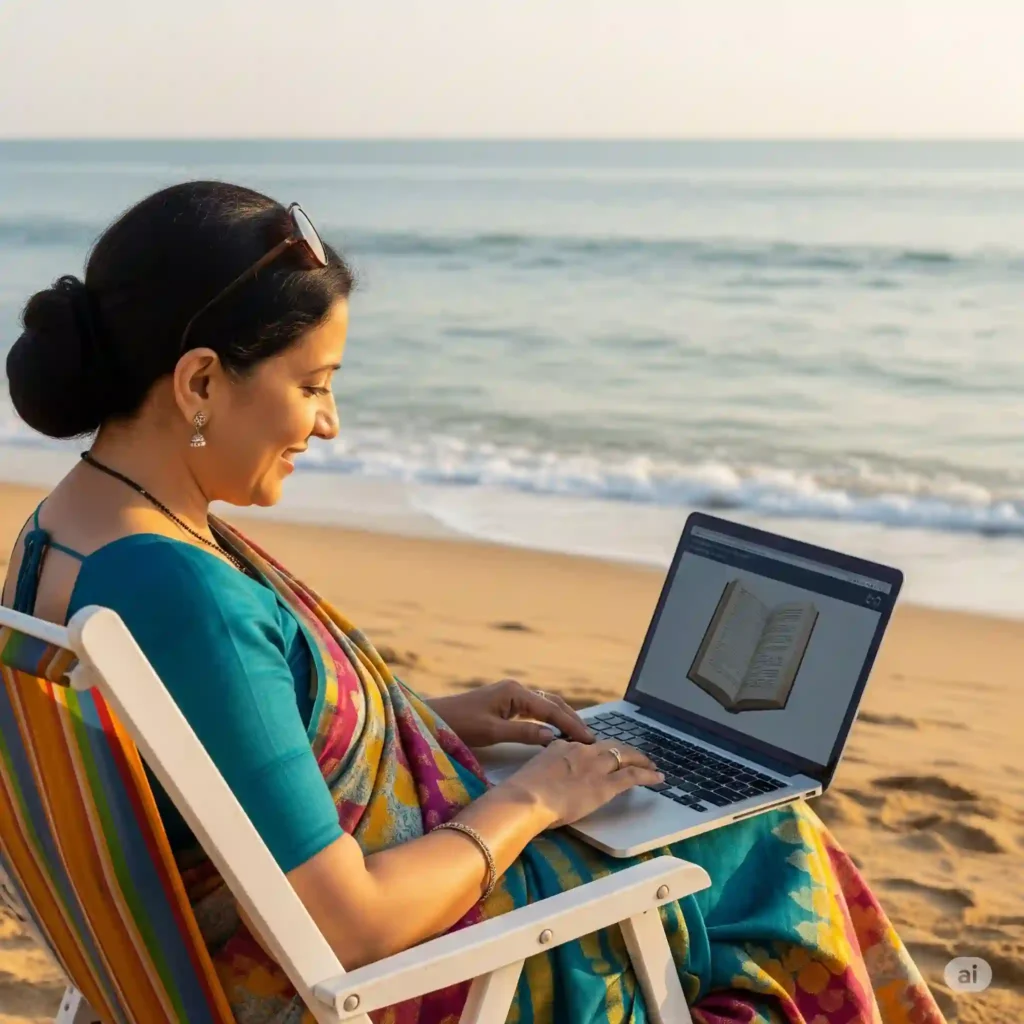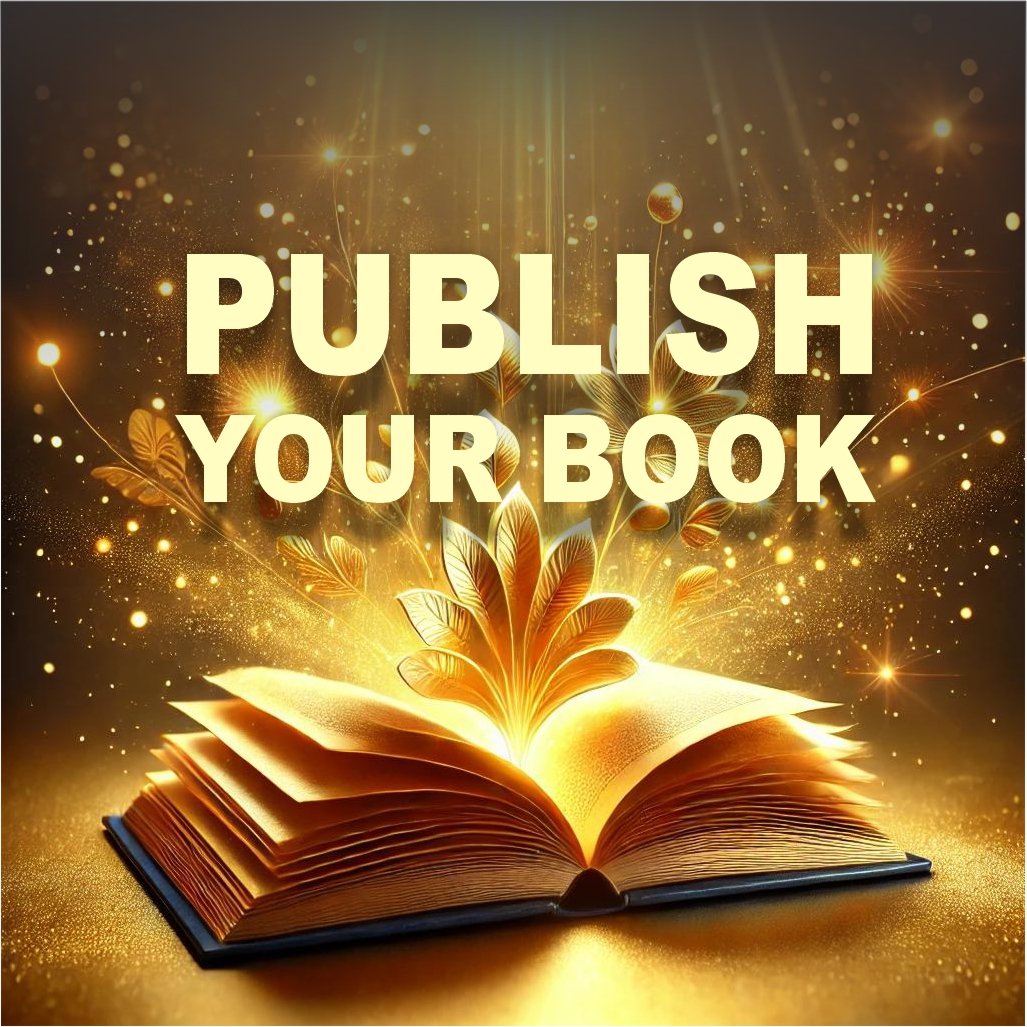Traditional Publishing or Self-Publishing
📌 Table of Contents
1️⃣ Introduction
2️⃣ What is Traditional Publishing?
3️⃣ What is Self-Publishing?
4️⃣ Pros and Cons of Traditional Publishing
5️⃣ Pros and Cons of Self-Publishing
6️⃣ Key Factors to Consider Before Choosing
7️⃣ How Hybrid Publishing Fits In
8️⃣ Final Thoughts
1️⃣ Introduction
traditional publishing or self-publishing introducing it as, Are you wondering whether traditional publishing or self-publishing is the best route for your book? In today’s evolving literary world, both options offer unique advantages and challenges. This ultimate guide will help you weigh traditional publishing or self-publishing so you can make the best decision for your author journey.
2️⃣ What is Traditional Publishing?
Out of traditional publishing or self-publishing, Traditional publishing refers to the route where established publishers like Penguin, HarperCollins, or Rupa select, edit, print, and market your book. They handle distribution, cover design, and usually offer an advance plus royalties. You’ll typically need a literary agent to secure a deal with such publishers.
✅ Internal link idea: How to Get Your Book Published in India – Complete Guide

3️⃣ What is Self-Publishing?
AMong traditional publishing or self-publishing, Self-publishing allows authors to take complete control. From book cover design to editing, pricing, and marketing, you call the shots. Platforms like Amazon KDP, Notion Press, and Pothi make it easy to self-publish print and digital books globally.
✅ External link: Amazon Kindle Direct Publishing
4️⃣ Pros and Cons of Traditional Publishing
🌟 Pros
Professional editing and design
Wide distribution (physical bookstores, libraries)
Industry recognition and credibility
No upfront costs
⚠ Cons
Difficult to secure a deal
Loss of creative control
Lower royalty percentages (5%-15%)
Slow process (can take years)

5️⃣ Pros and Cons of Self-Publishing
🌟 Pros
Full creative control (cover, price, content)
Higher royalties (up to 70% on some platforms)
Faster time to market
Flexibility to update your book anytime
⚠ Cons
You manage everything (or hire help)
Upfront costs (editing, cover, marketing)
Harder to access traditional bookstores
✅ Internal link idea: Affordable Book Cover Ideas for Authors
6️⃣ Key Factors to Consider Before Choosing
Before deciding on traditional publishing or self-publishing, ask yourself:
Do you want full control over your book?
Are you willing to invest in editing, cover design, and marketing?
Is time a factor?
Do you dream of seeing your book in bookstores or libraries?
traditional publishing or self-publishing- Your answers will help you determine which path aligns with your goals. Remember, both routes can lead to success if executed well!

7️⃣ How Hybrid Publishing Fits In
Hybrid publishing blends the best of both worlds. You pay for services like editing, design, and marketing but often benefit from professional distribution and guidance. This model is growing in India and globally, offering more flexibility to authors.
✅ External link: The Alliance of Independent Authors – Understanding Hybrid Publishing
📖 Success Stories in Traditional Publishing and Self-Publishing
To better understand the traditional publishing or self-publishing debate, let’s look at real-world examples.
traditional publishing or self-publishing
🌟 Traditional Publishing Success:
Authors like Chetan Bhagat and Amish Tripathi started with traditional publishers and built massive audiences. Their books reached national and international markets, and they gained media attention, awards, and movie deals. Traditional publishing helped them achieve large-scale distribution and credibility that’s harder to replicate via self-publishing.
🌟 Self-Publishing Success:
On the flip side, many Indian authors like Ravinder Singh and Preeti Shenoy initially self-published or worked with small presses. With the rise of eBooks and platforms like Amazon KDP, they reached readers directly. Some self-published authors have earned substantial royalties, built loyal fan bases, and even transitioned to hybrid or traditional deals later.

🎧 Audiobooks: A New Frontier for Authors
The rise of audiobooks in India has opened exciting opportunities for both traditionally published and self-published authors. Platforms like Audible, Storytel, and Pocket FM are attracting millions of listeners who prefer stories on the go.
✅ Traditional publishers often produce audiobooks for their bestsellers, using professional voice artists and studios to ensure top quality. This can significantly extend a book’s reach, especially among busy professionals, students, and visually impaired readers.
✅ Self-published authors can also tap into this growing market. Thanks to services like ACX (Audiobook Creation Exchange) or even local studios, you can create your own audiobook with minimal investment. It adds an additional revenue stream and helps build a loyal fanbase across formats.
💡 Tip: If you are self-publishing, consider bundling your eBook and audiobook to offer better value and encourage more sales.
📖 Flipbooks: A Fresh Way to Engage Digital Readers
Flipbooks—interactive digital books with page-flip animations—are becoming popular for authors who want their books to feel like a real book in digital form.
✅ Traditional publishers rarely explore flipbooks as a standalone product, though they may offer them for promotional materials or sample chapters.
✅ Self-publishers, on the other hand, can create flipbooks easily using tools like FlipHTML5, AnyFlip, or Issuu. Flipbooks are great for children’s books, art books, or poetry collections where presentation is key.
💡 Idea: If you’re a poet or visual storyteller, offering a flipbook preview of your work can entice readers to buy the full version.
🎥 Video Books: The Future of Immersive Storytelling?
Video books combine text, audio, visuals, and animation to create an immersive reading experience.
✅ In traditional publishing, video books are still rare, mostly used for educational or children’s content, but big publishers are experimenting with them.
✅ Self-publishing gives you full creative freedom to explore this format. You can publish video books via YouTube, your website, or apps, and even charge for premium access.
💡 Note: Video books require more effort, but they can set you apart — especially if your target audience is younger or tech-savvy.

Final Thoughts
There’s no one-size-fits-all solution in the traditional publishing or self-publishing debate. Evaluate your priorities, resources, and vision. Whichever path you choose, the key is to produce a book that resonates with readers.
👉 Need help? Contact us for publishing solutions!
